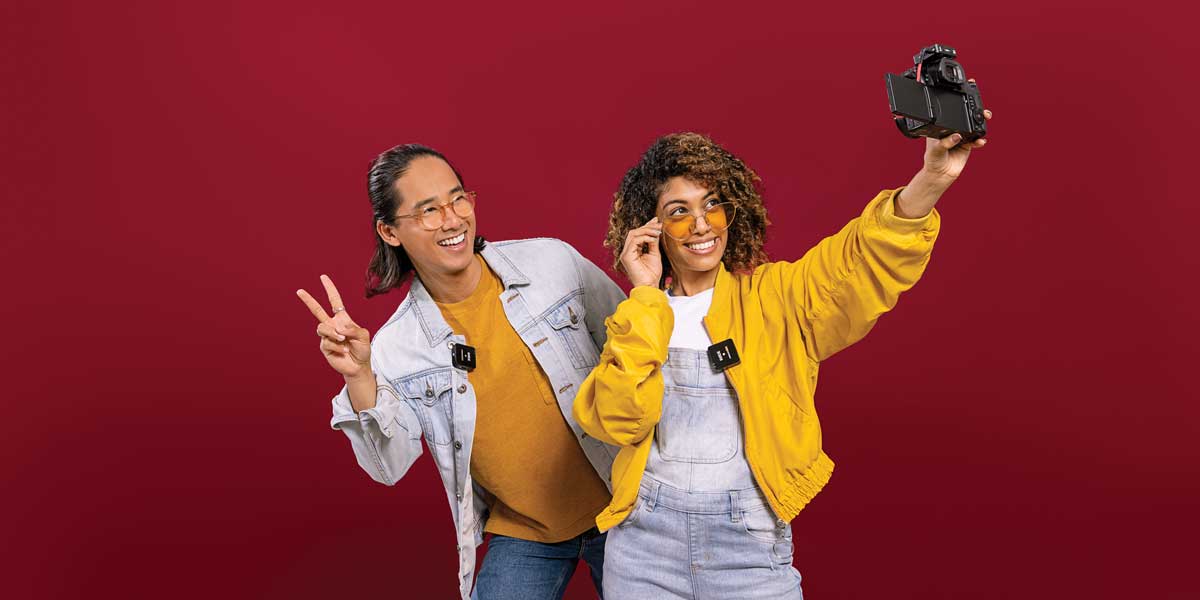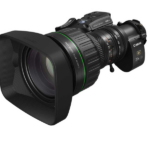
Full Kit for Less
Posted on May 1, 2024 by Pro Moviemaker
When it’s time to get serious, buying a complete set-up from MPB means you don’t have to spend a fortune
Advertisement feature
The leap to pro-quality filmmaking needn’t cost the earth.
As a new filmmaker, you don’t need to splurge tens of thousands on the latest brand-new cameras, lenses, audio kit, gimbals and tripods to get you going.
n fact, shooting 8K Raw files or 240fps slow motion with a cine lens only shows how much you need to learn and invest in large memory cards, hard drives and fast computers.
It’s best to start with kit good enough to keep up with your skills as you get more experience, but is easy to manage using a laptop and affordable memory, for example.
If a camera has more than eight megapixels of resolution, chances are it’s capable of recording video in 4K and is cheaper than a 50-megapixel 8K monster.
One of the best ways of spending carefully is trusting used equipment from MPB; almost everything you need to get going is available used and at a huge saving over new.
Unlike buying used kit from auction sites, social media or classifieds, buying from MPB assures you’re not purchasing broken, stolen or grey import kit. And of course, there’s a significant saving over new, so you get more for your money.
MPB’s team of technical experts test every item to make sure it’s working right and has the latest firmware installed. It’s listed on the website, graded from ‘like-new’ to ‘well-used’ and individually photographed from every angle so you can see the actual item for sale.
If you’re not hugely experienced, it’s a peace of mind to know everything you buy comes with a free six-month warranty.
There is a vast stock of DSLR and mirrorless cameras, lenses and as accessories from Canon, Nikon, Fujifilm, Sony, Panasonic and more – all from a retailer rated five stars on Trustpilot with over 300,000 customers.
MPB also has stock of kit filmmakers need, such as tripods, gimbals, action cameras and drones. But with such a massive choice, what would be an ideal set-up for a relative newbie who wants professional-quality kit that will not only perform, but also last? We choose some key buys.
Camera: The heart of the system
Compact mirrorless cameras are rather inexpensive, lightweight and can produce incredible results as they have relatively large sensors. This allows for a shallow depth-of-field for that cinematic effect.
Full-frame cameras often have the edge in low-light photography. But that’s far from essential; the smaller the sensor, the smaller and more affordable the lenses often are.
We recommend one of Panasonic’s range of Micro Four Thirds cameras as the brand has always led the way with video-spec in its range of GH cameras.
Plus, they take a range of Micro Four Thirds lenses from various manufacturers.
We’d go for a Panasonic GH5 or even better, the GH5 II, which has the same 20.3-megapixel sensor but with around a third more dynamic range.
It is fitted with an upgraded processor, allowing faster and more accurate autofocus, V-Log L, a bigger battery, a USB-C socket for charging and new menus.
It records up to DCI 4K in 10-bit 4:2:0 at up to 60p internally to memory cards with no crop or time limits on recording.
It will simultaneously output the same signal in 4:2:2 10-bit to an external recorder for even higher quality.
If you drop the frame rate to 30p or less, it records DCI or UHD 4K video in 10-bit 4:2:2. The camera is one that grows with you, and costs from around £729 used.
Other cameras to consider: Sony A7S II, Canon EOS R, Fujifilm XT-3
Classy glass for less
It would be nice to have a full suite of fast prime lenses and zooms, but to start with, there is one lens which can cover a wide range of uses and is fast enough to create a shallow depth-of-field.
That’s the Panasonic 12-60mm f/2.8-4 Leica DG Vario-Elmarit Asph Power OIS, costing around £354 used from MPB.
Made in conjunction with Leica, the lens has aspherical elements for fantastic quality and covers a very useful focal length equivalent to 24mm at the wide end and 120mm at the telephoto.
If you use it with the GH5 II, it gives up to 6.5 stops of VR – ideal for handheld use.
Other lenses to consider: Tamron 14-140mm f/3.5-5.8 Di III, Olympus 17mm f/1.2 Pro, Samyang 24mm T1.5 VDSLR ED
Audio answers
Audio is always crucial, so it makes sense to invest in used kit to cover you for most situations. For indoor or outdoor use, a camera-mounted shotgun mic such as the Rode Videomic NTG is ideal.
Costing from £129 used, it comes with a foam windshield, cable and camera mount, and is adjusted by a large dial on the rear.
For interviews, an omni-directional lav mic can be used to pick up what your talent is saying.
These can be plugged into small recorders, or more often into bodypack transmitters to wirelessly send the signal to a camera or recorder.
Look for something reliable and small like the Sennheiser XSW wireless kit, costing from £114, or Rode Wireless GO II kit for £189.
For even better audio, consider an audio recorder like a Zoom H6 from £179 and an XLR shotgun mic like a Sennheiser MKE 600, costing around £64.
Must-have accessories
A video-specific tripod that has a self-levelling, fluid-damped head is essential.
A solid buy is a Manfrotto carbon-fibre twin leg-style tripod with a spreader, available used from £329 plus a matching Nitrotech head for £214.
That’s all pro kit you’ll never grow out of. A motorised gimbal is fast-becoming a must-have for smooth shots. Look for models from DJI and Zhiyun, among others. The DJI RS 3 is plentiful and costs from £319.
Don’t forget, MPB has other useful accessories in stock such as variable ND filters to get your exposure right, bags and cases to cart your kit around and abundant lighting kit. MPB makes your money go further, allowing you to buy a complete kit for less than the price of a full-frame 8K camera body.
This advertisement feature was first published in the May/June 2024 issue of Pro Moviemaker.










